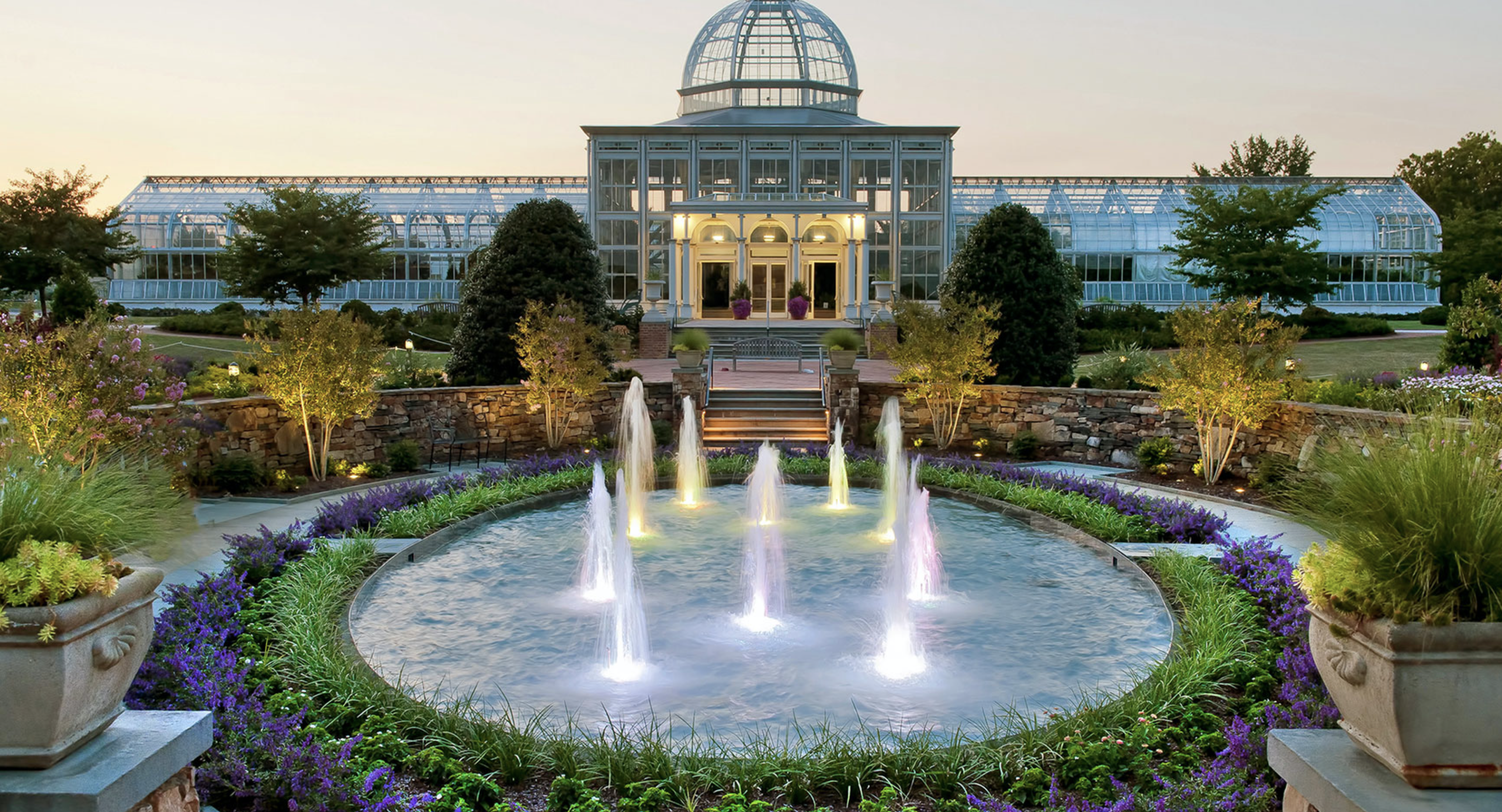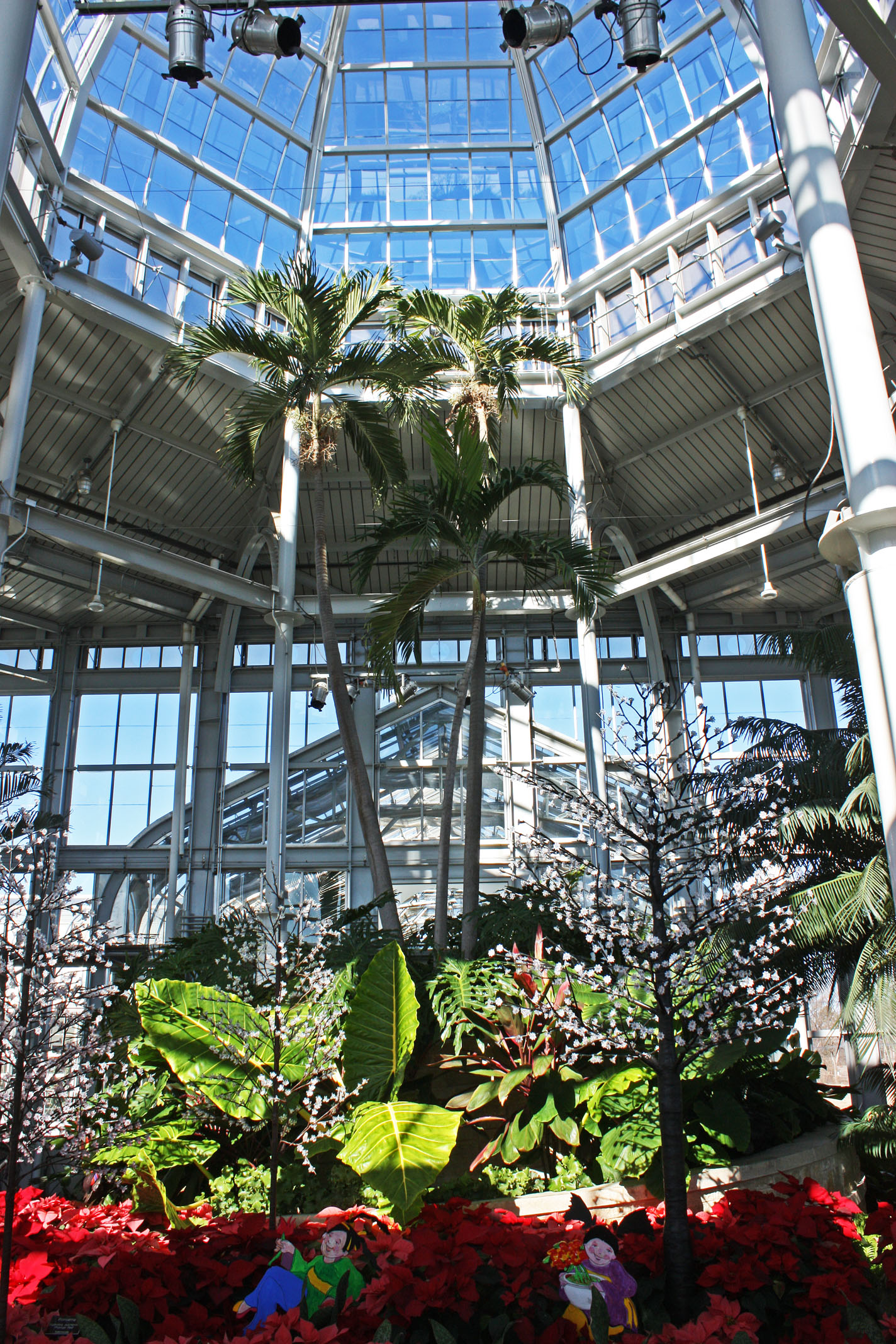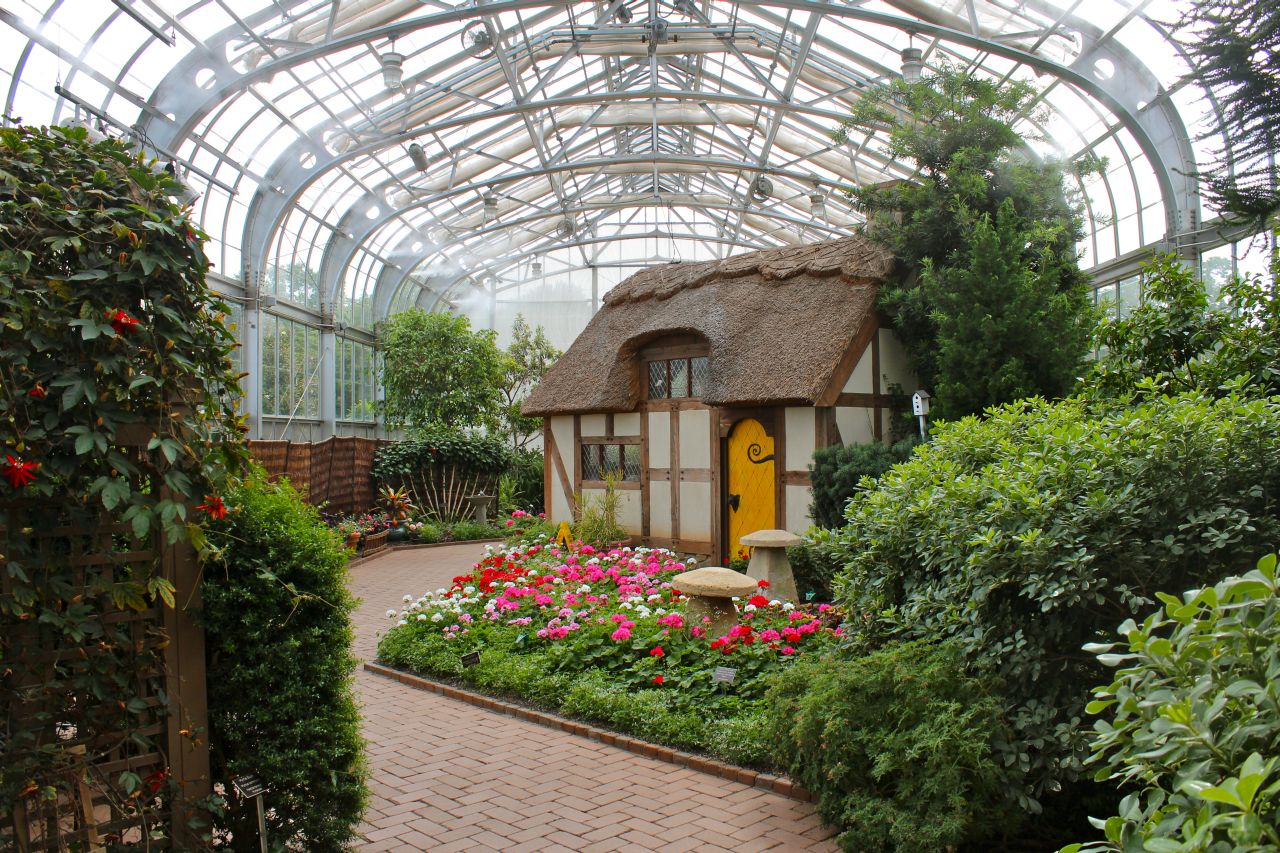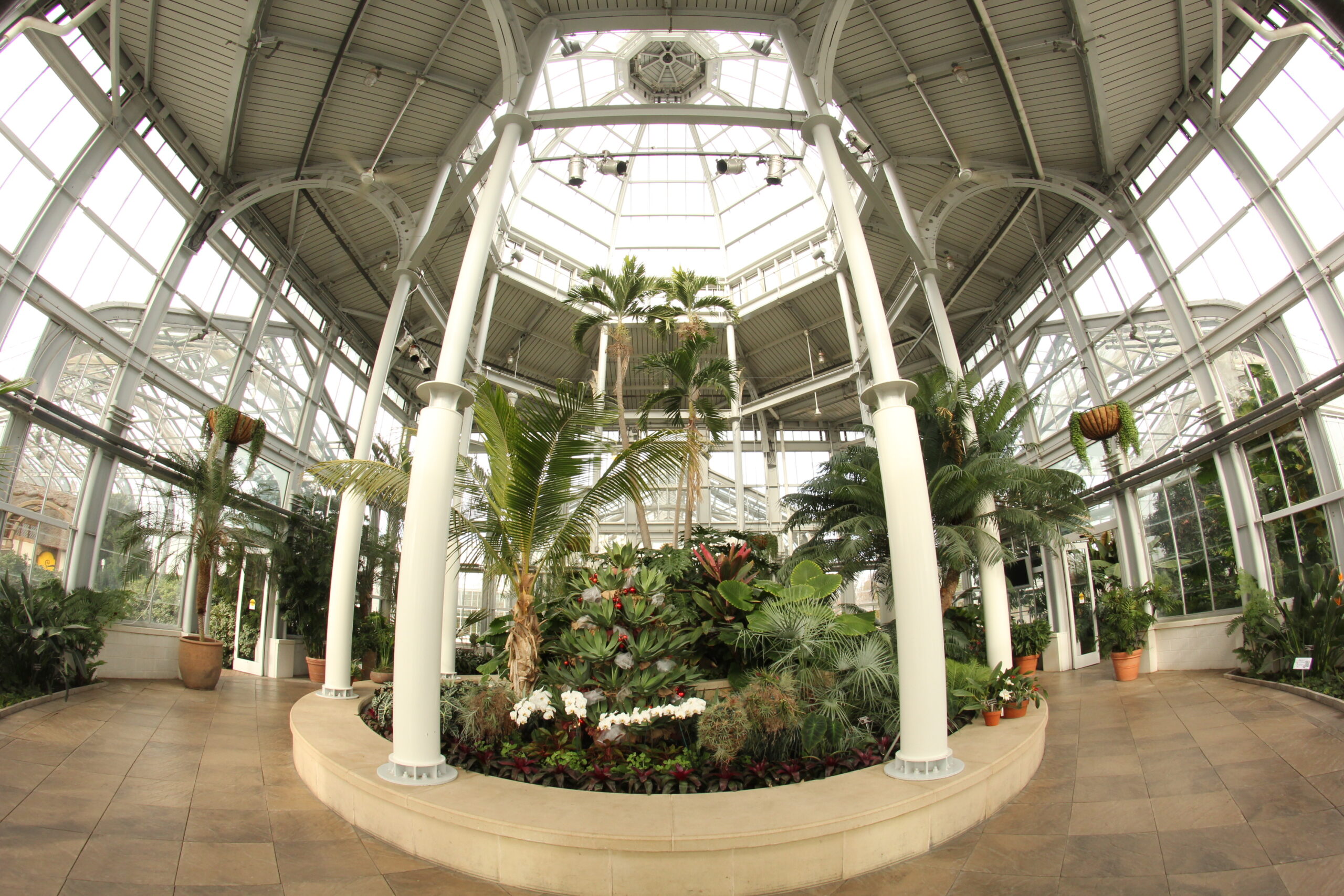Are you curious how these beautiful garden displays are designed at the public conservatories?
We recently sat down with Allan Summers, a Principal at Robinson Anderson Summers Landscape Architects, who designed the grand garden displays at Lewis Ginter Botanical Gardens, to learn more about how their beautiful garden displays came to life and here’s what we learned!
The Minds Behind the Lewis Ginter Botanical Garden Displays
Landscape architecture is unique. It combines a passion for horticulture, art, design, engineering, and architecture to carefully craft beautiful garden displays. For Robinson Anderson Summers Landscape Architects, their award-winning team has worked on various public and private gardens, historic restorations, conservatory exhibits, and even healing gardens for health care and hospital facilities across the country! To accommodate such a diverse clientele, their team has an in-depth knowledge of horticulture which allows them to design with a wider pallet.
“All three principals and even some of our staff have degrees or have studied horticulture… While it is critical to create the infrastructure and the bones of the garden, the plants that you then put in can completely transform the feeling that emotes from that garden. So, knowing a wide palette can really help to create different experiences for the visitor.”
Allan Summers, Principal RAS Landscape Architecture
Designing a Living Work of Art at the Lewis Ginter Botanical Gardens
Before putting pencil to paper, Allan and his team had to uncover the motivation behind the space. Allan mentioned, “Through our programming workshops, we discovered they wanted to offer a variety of experiences and different plant communities in an unusual and beautiful aesthetically pleasing way so that it was not something that would be anticipated as people walked through each of the environments.”
Due to the conservatory’s unique design, Allan’s team had to be very careful in their design of each space – not only did it need to be beautiful and easy for visitors to move through the exhibits, but the garden staff needs to be able to maintain what’s going on behind the scenes!
One of the most notable features is the large 50ft glass dome atop the Center House of the conservatory. Underneath its roof, Allan mentioned they played on its circular footprint to create a unique central exhibit that spirals up so plants are at all different levels, then cascades down to showcase a variety of different growth habits. The water feature, while heard throughout the gardens was intentionally “hidden” at the back of the exhibit to create a sense of curiosity for visitors.
“Often in garden exhibits people come in and see the water right away, and our concept was let’s put the water towards the back, so they hear it, and are compelled to find it – now there’s some mystery.”
Allan Summers, RAS Landscape Arch.
The remaining three houses were meant to be flexible and subtropical. To the right of the Central House is the Subtropical House. While the house itself is rectilinear, the side walls curve out to break up the space and allow for lovely, raised planting beds. As you continue through the exhibit, the walls come back in to set the tone of transitioning into another space. Inside, there is another water feature cascading from high up that fall into a series of pools and a living plant wall filled with orchids and ferns. The goal was to create an exuberant, lush feeling to it. Lastly, the remaining two houses were designed to be flexible garden spaces to host events and exhibits year-round.
What’s Next for Landscape Architect Allan Summers?
“I travel a lot and wherever I travel, I visit gardens.”
When Allan reflected on his career as an award-winning landscape architect, he mentioned one of the things he loves to do when visiting the gardens is just sitting and noticing how people react in the gardens. He said, “…all these gardens are an expression of the cultural, political, and aesthetic sensibility of the times that they are created in. I am very much inspired by the sense of placemaking and particularly for what we’ve been living through, you know people need a place of solace and watching people go into the gardens where they immediately decompress is very powerful. That’s what really inspires me to want to keep designing and creating beautiful places.”
For more information about Lewis Ginter and Robinson Anderson Summers Landscape Architects, click the buttons below!




